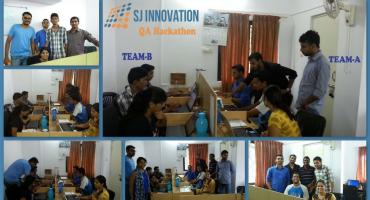From Concept to Reality: How to Create an OpenAI API SaaS from Scratch
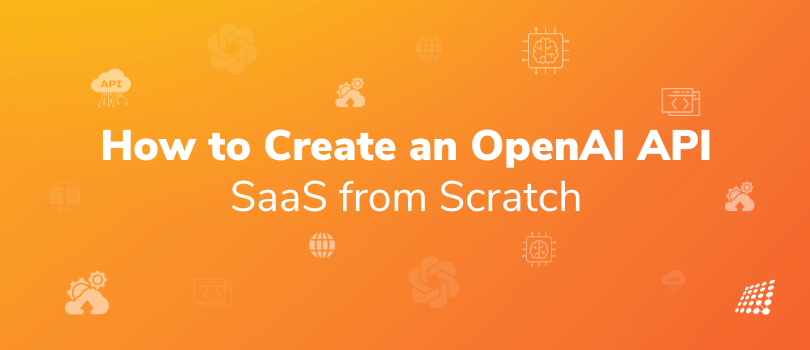
OpenAI has changed the playing field completely. In 2023 alone, OpenAI achieved several groundbreaking milestones that pushed the envelope of artificial intelligence. Innovation hasn’t stopped. If anything, it’s only pushing the boundaries of statistical analysis and machine learning. Developers now know how to build an AI product and how to make an OpenAI chatbot. All of this makes one thing crystal clear - OpenAI has firmly established itself as a leader in this domain. As of 2023, OpenAI has over 100 million monthly active users.
Entrepreneurs and developers are keen to harness its power to create innovative Software as a Service (SaaS) solutions. Are you wondering how to build AI that actually works for your business? Are you looking to turn your idea of an OpenAI API SaaS into reality? We'll walk you through the entire process, from conceptualization to deployment. Whether you're a seasoned developer or an aspiring entrepreneur, this journey will empower you to bring your vision to life.
Stage 1: Ideation and Conceptualization
Define Your Vision
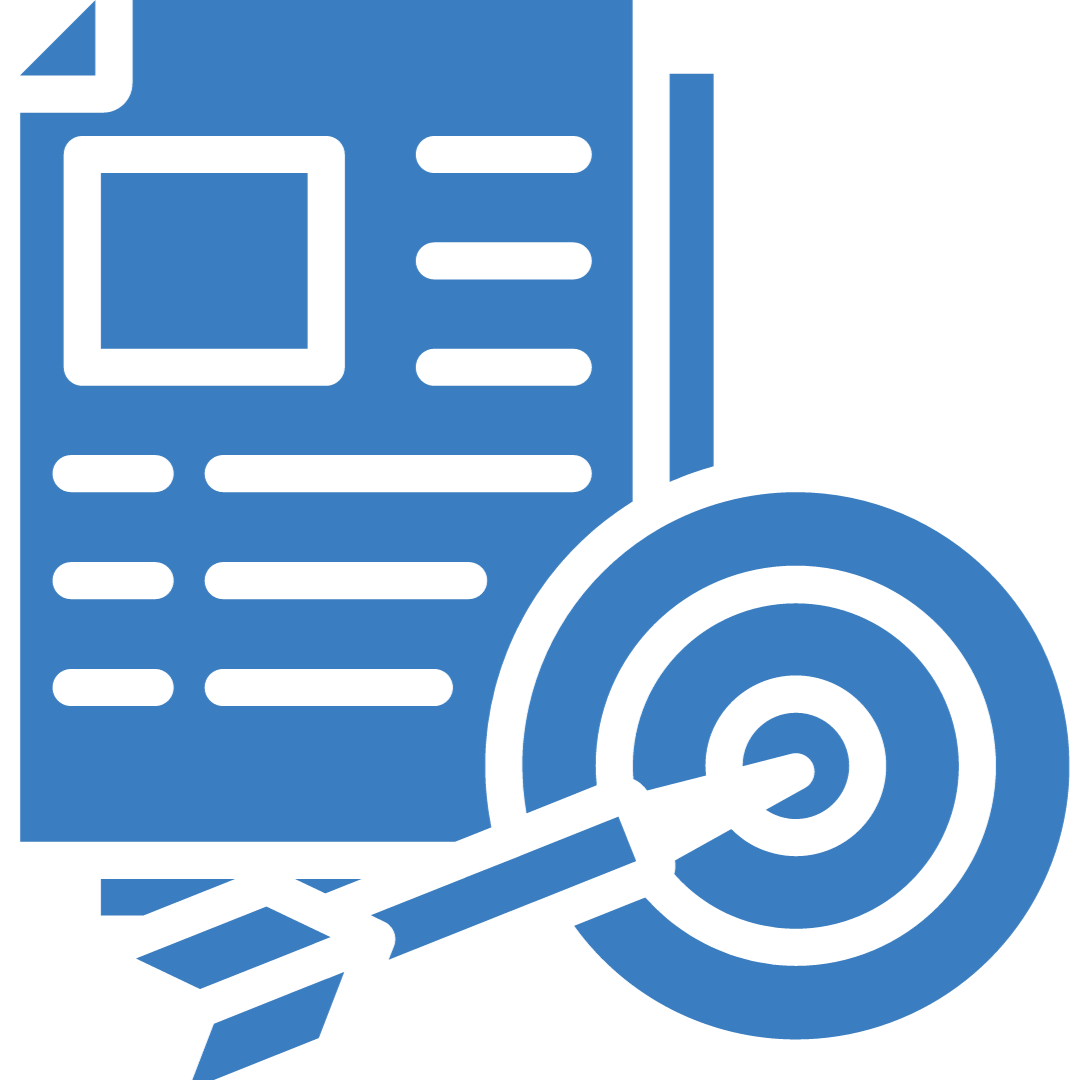
Before getting acquainted with the technical aspects on how to build an AI system that is the OpenAI API Saas, have a crystal-clear vision.
Ask yourself

- What problem will your OpenAI API SaaS solve? Prior to delving into the technical details, it's crucial to establish a clear vision for your OpenAI API SaaS. This entails identifying the problem it aims to solve, pinpointing your target audience, and determining the distinctive value it will bring to the market. This visionary foundation will guide your development journey. Understand the specific problem or challenge that your OpenAI API SaaS will address before ging into how to build AI products.
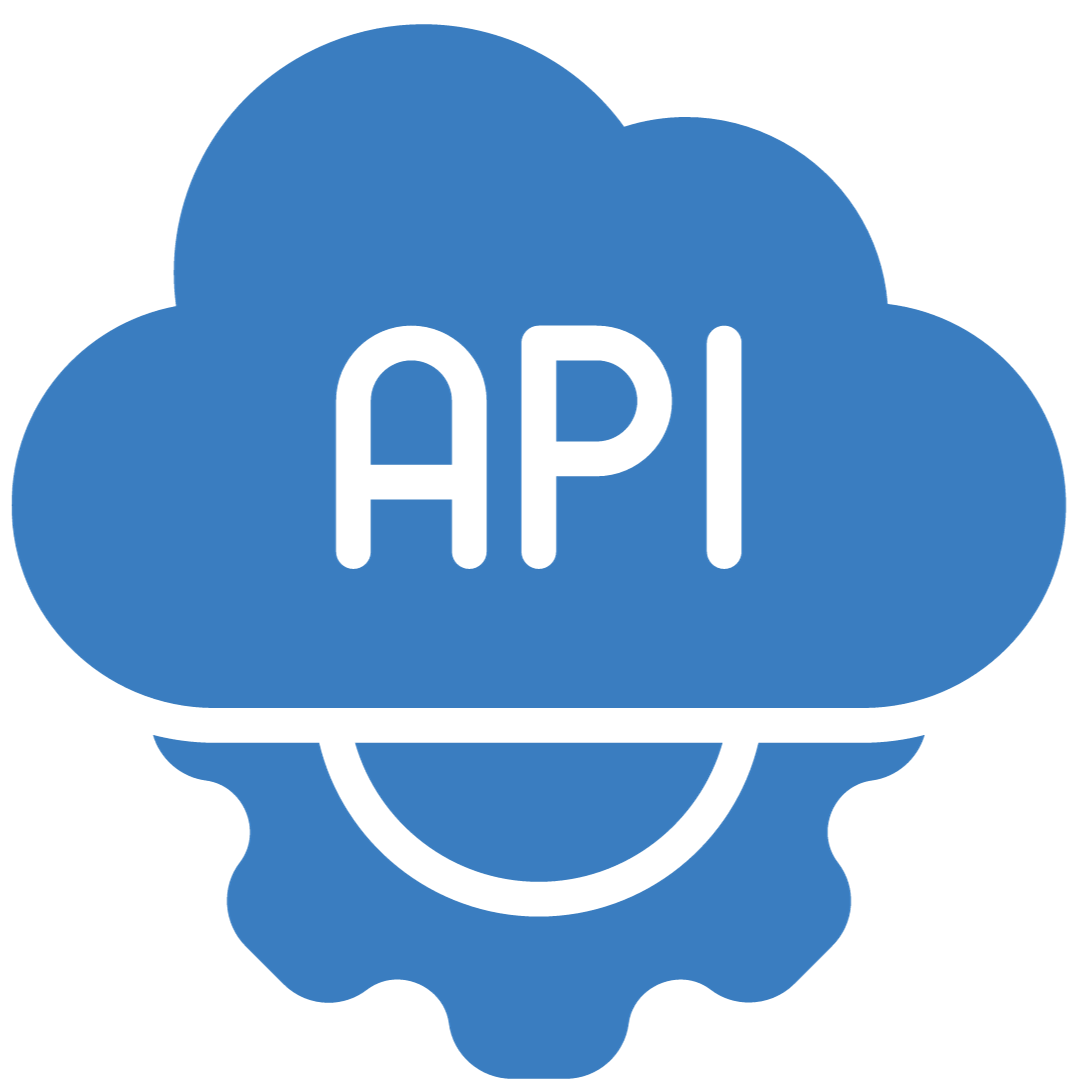
- Who is your target audience? Define your target audience meticulously. Recognize their pain points, preferences, and expectations. Tailoring your SaaS to their requirements will enhance its appeal and usability.

- What unique value will it offer? Establish what sets your OpenAI API SaaS apart from existing solutions and then proceed with how to build an AI application. This unique value proposition should be a core element of your vision, giving potential users a compelling reason to choose your product.
Defining your vision is the crucial first step.
Market Research and Validation
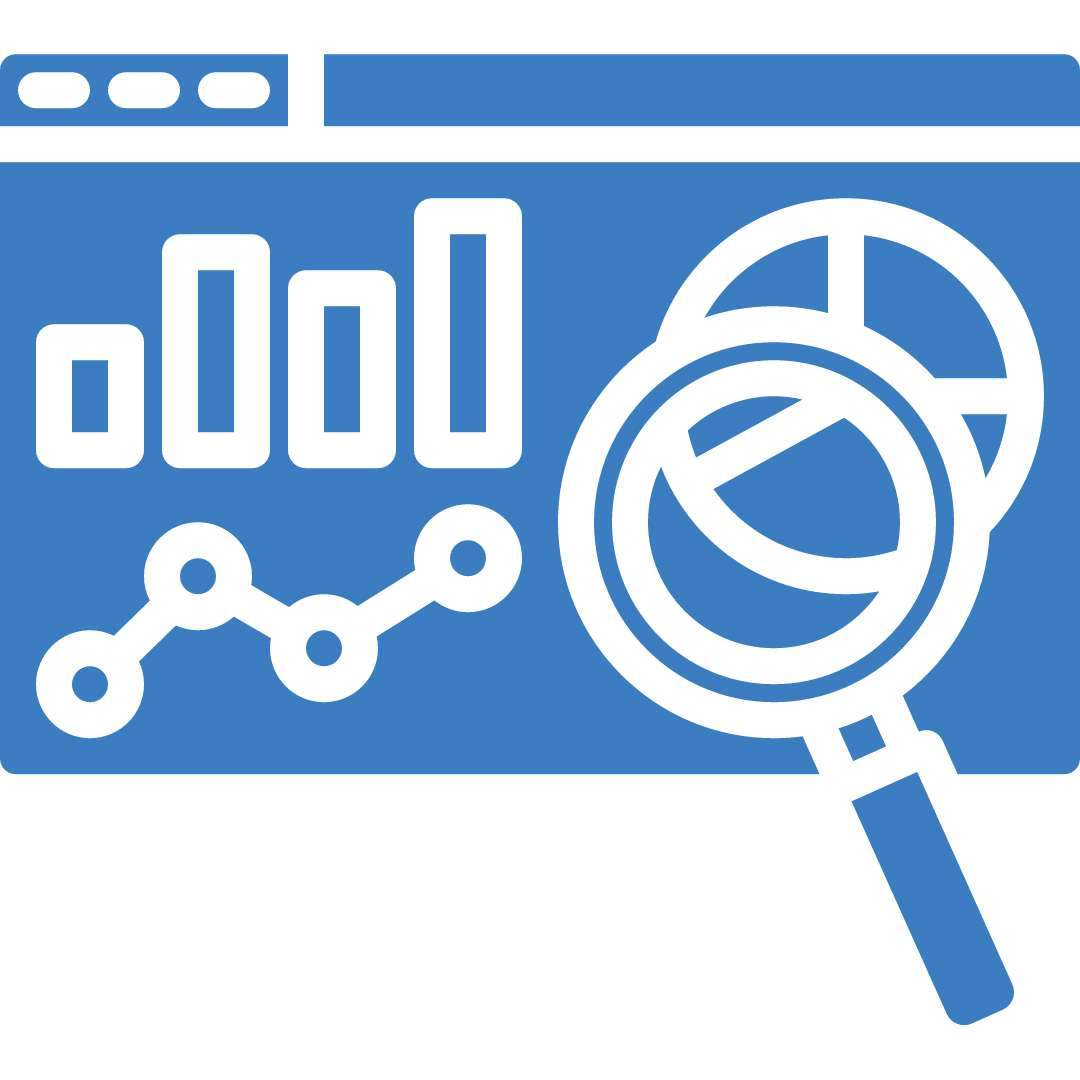
Conduct thorough market research to validate your idea.
- Is there a demand for your solution?
- Who are your competitors, and what sets you apart?
- how much does it cost to build an AI system?
- Understanding the market landscape is essential.
Creating an app involves thorough market research to spot trends, understand customer pain points, and grasp the OpenAI pricing and revenue models within the AI app sector. Start by brainstorming your idea comprehensively. Here's a structured approach for diving into AI app development:
- Problem Identification: Begin by defining the problem your app aims to solve using OpenAI. This clarity will guide your choice of the most suitable OpenAI model for your app, ensuring the feasibility of your AI-driven concepts.
- Model Exploration: Explore the range of OpenAI models available on their website. Assess the strengths and limitations of each model in the context of your app's requirements.
- Resource Utilization: Familiarize yourself with the resources provided on OpenAI's website, particularly those relevant to your app idea. Understand how to effectively harness OpenAI's API for your application.
- Terms and Conditions: Recognize that OpenAI models come with specific terms and conditions for usage. It's crucial to read and comprehend these terms before integrating an OpenAI model into your app.
- Seek Feedback: Share your app idea with peers, family members, and potential investors to gather valuable feedback. This external perspective will help you gauge the worth and feasibility of your app concept.
Legal and Ethical Considerations

AI applications often raise legal and ethical questions. Familiarize yourself with data privacy laws, copyright issues, and ethical AI usage. It helps maintain compliance and ensures OpenAI API SaaS venture operates ethically.
Stage 2: Technical Implementation
Choose the Right Programming Language
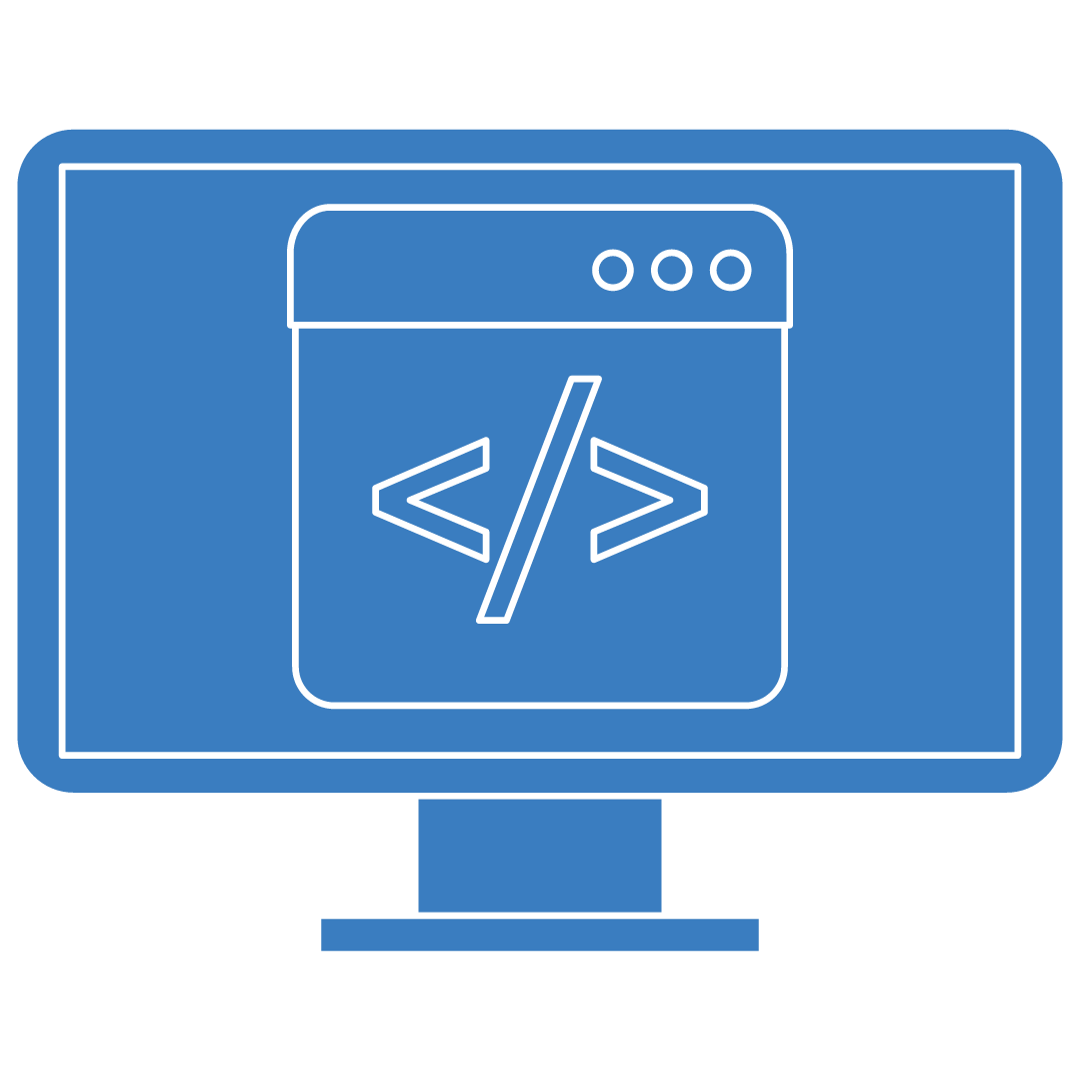
The programming language you choose for your OpenAI API SaaS relies on a number of factors, including the specific features you want to implement, your experience level, and your team's expertise.
Some popular programming languages for OpenAI API SaaS development include:
- Python: Python is a general-purpose programming language that is easy to learn and use. It is also well-suited for machine learning and artificial intelligence development.

- JavaScript: JavaScript is a scripting language that is commonly used for web development. It is also supported by many OpenAI API clients, making it a good choice for developing SaaS products that need to be accessible through a web browser.
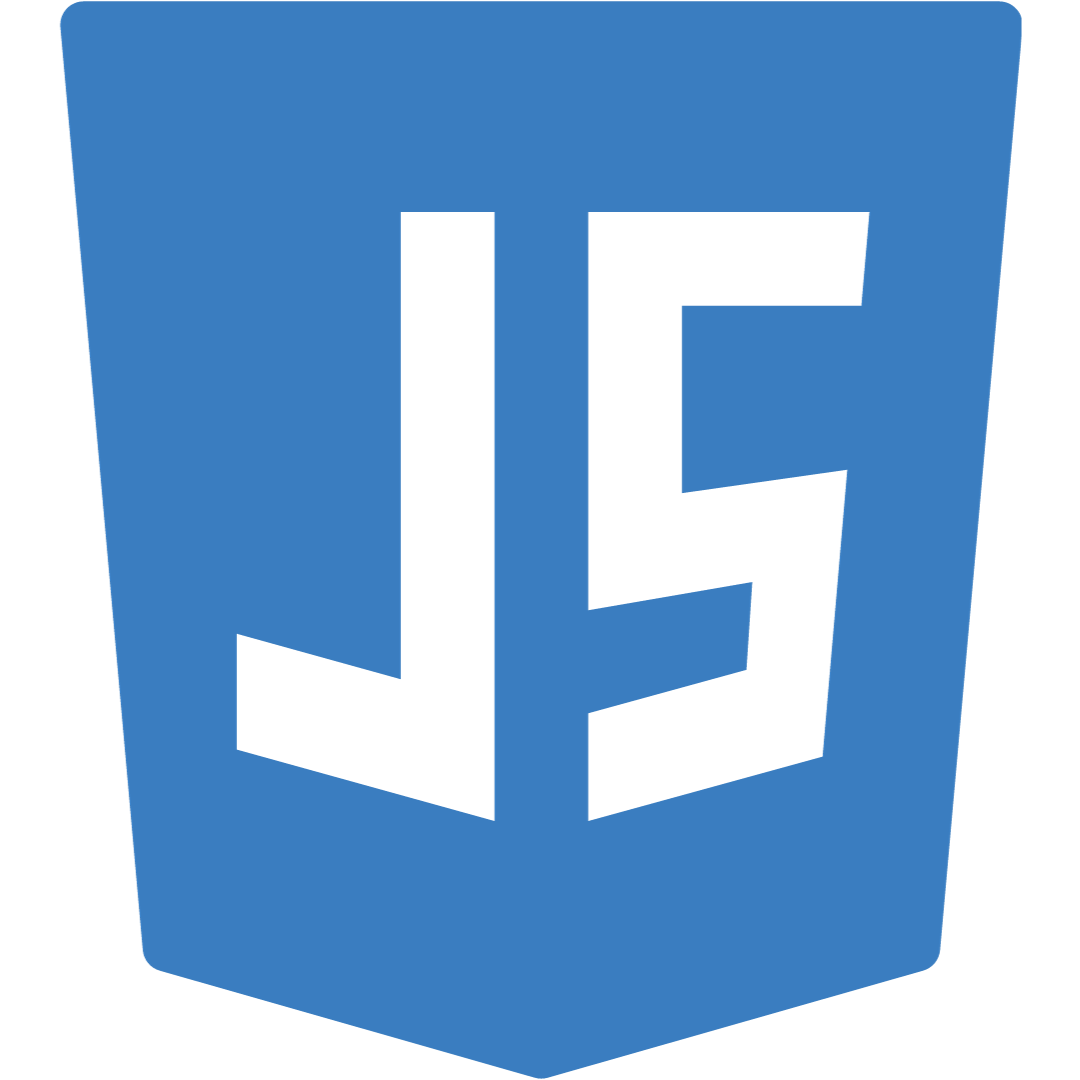
- Java: Java is a general-purpose programming language that is known for its portability and scalability. It is a good choice for developing SaaS products that need to be deployed on a variety of platforms.

If you are new to OpenAI API development, Python is a good option. Python is a popular choice for OpenAI API development because it is easy to learn and use, and there is a large community of developers who can provide support.
Accessing OpenAI API
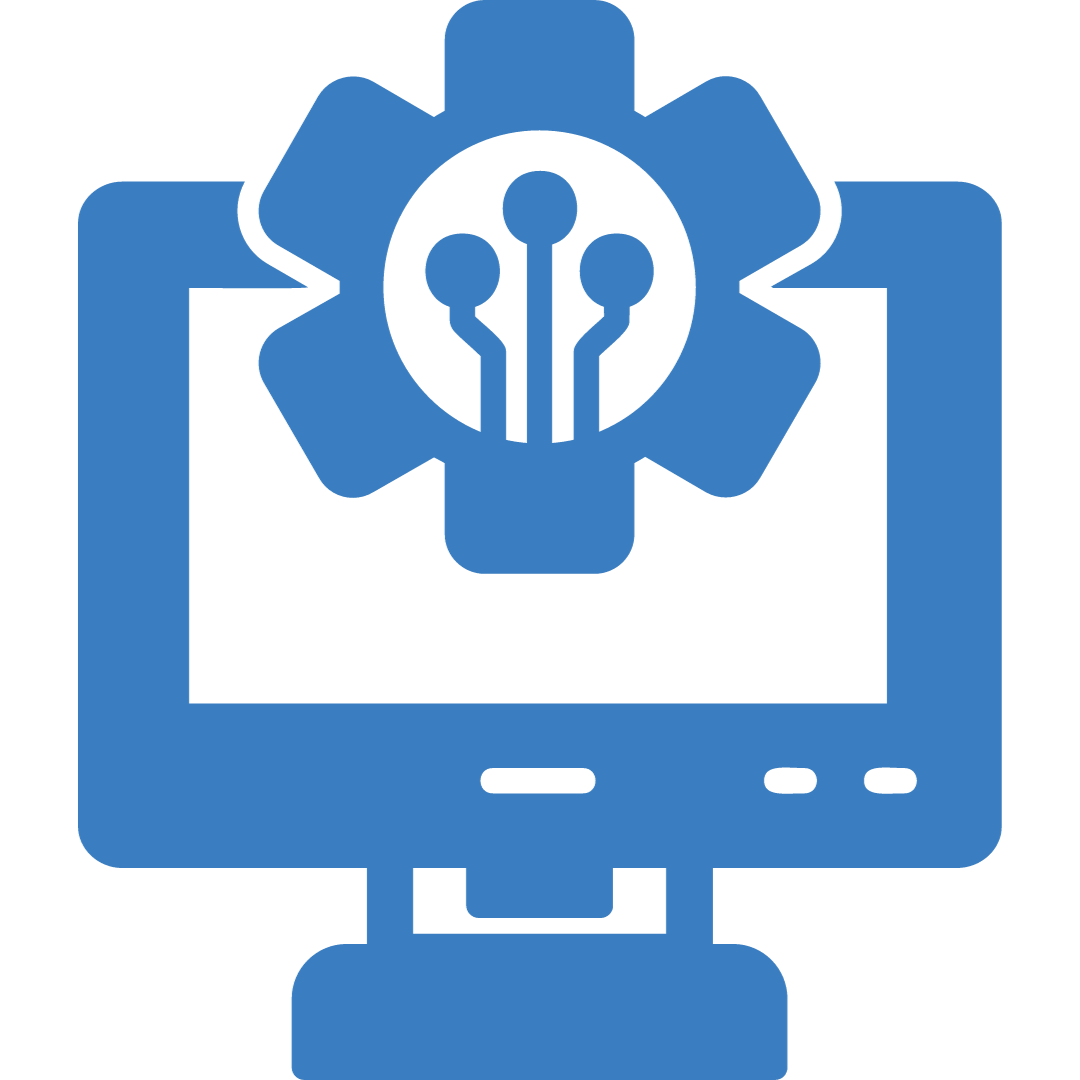
The first step to integrating the OpenAI API into your SaaS product is to sign up for access. You can do this by creating an account on the OpenAI website and completing the API application process. Once your application is approved, you will be given an API key that you can use to access the API.
OpenAI provides clear documentation on how to use the API effectively. The documentation includes tutorials, examples, and API reference documentation. You should carefully review the documentation to understand how to use the API to achieve your desired results.
Once you have integrated the OpenAI API into your SaaS product, you can start to develop the frontend and backend of your SaaS product.
Building the Backend
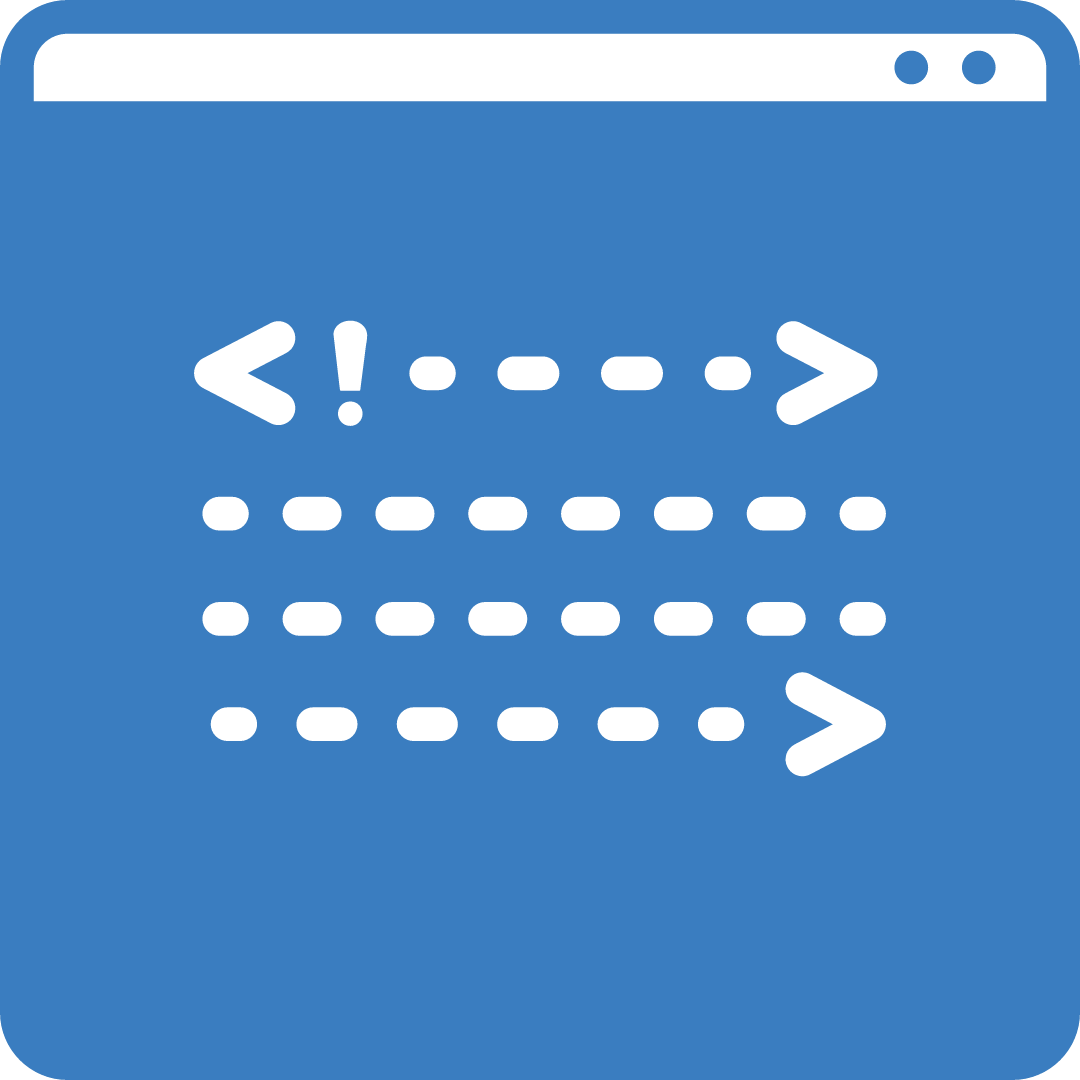
The backend of your OpenAI API SaaS will handle all of the logic and processing for your product. This includes handling user requests, authentication, and API interactions.
There are a number of different frameworks that you can use to develop the backend of your SaaS product. Some popular frameworks include Django, Flask, and Node.js. These frameworks provide a number of features that can make it easier to develop a robust and scalable backend system.
When developing the backend of your SaaS product, you need to consider the following:
- User authentication: How will you authenticate users and ensure that they are authorized to access your SaaS product?
- API interactions: How will your backend system interact with the OpenAI API?
- Error handling: How will your backend system handle errors?
- Logging: How will you log user activity and other events?
By developing a robust backend system, you can ensure that your OpenAI API SaaS is reliable and scalable.
Here is an example of how you might use a framework like Django to develop the backend of your OpenAI API SaaS:
- Create a Django project and app for your SaaS product.
- Define the models for your user accounts and other data that your SaaS product will need to store.
- Create views that handle user requests and interact with the OpenAI API.
- Use Django's authentication and authorization features to secure your SaaS product.
- Use Django's logging features to log user activity and other events.
Once you have developed the backend of your SaaS product, you can deploy it to a production server so that users can start using it.
User Interface (UI) Design

Design an intuitive UI for your SaaS platform. User experience is paramount for user adoption and retention.
Data Management
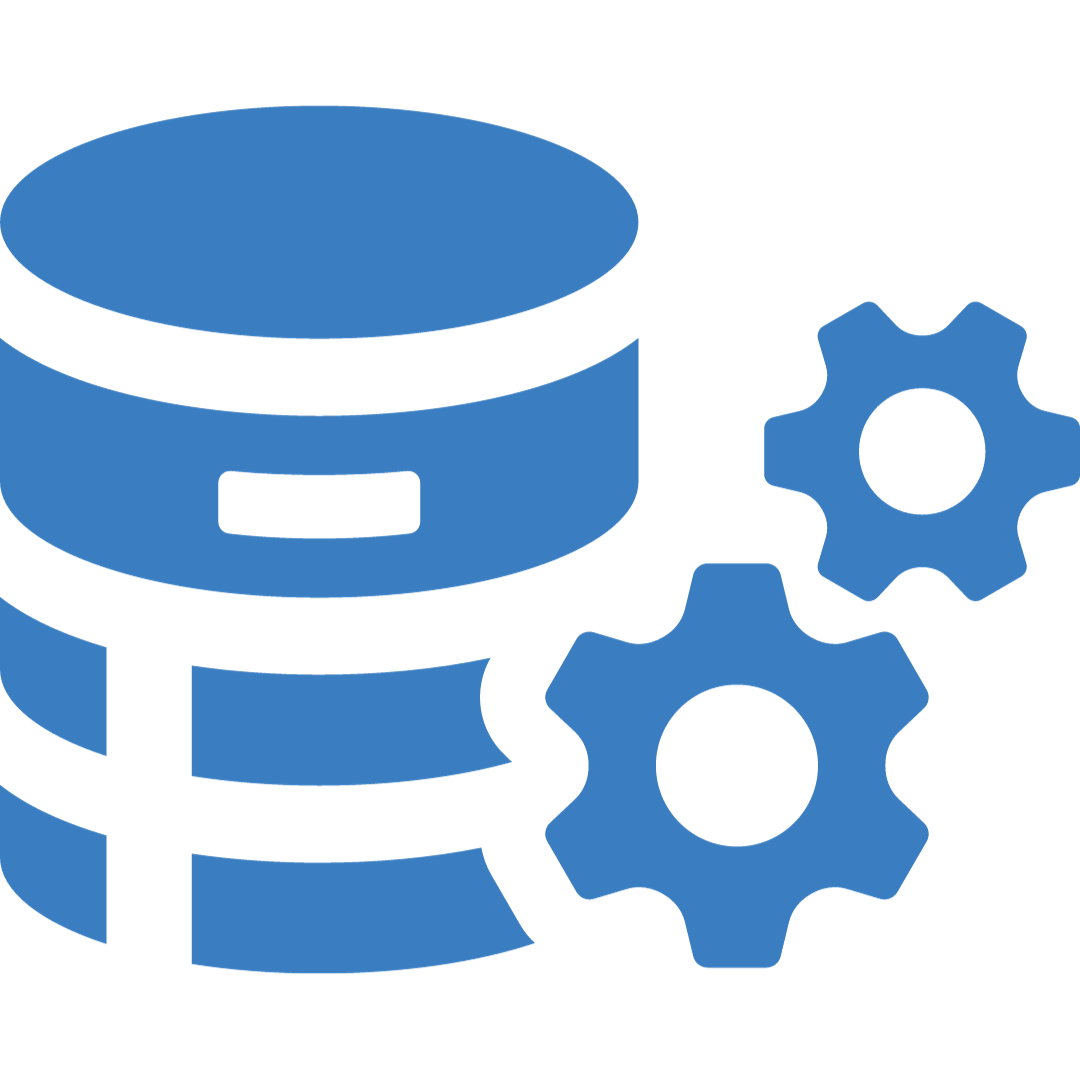
Efficiently manage data, especially if your SaaS involves user-generated content. Implement secure storage solutions and backup mechanisms.
Section 3: Development and Testing
API Integration
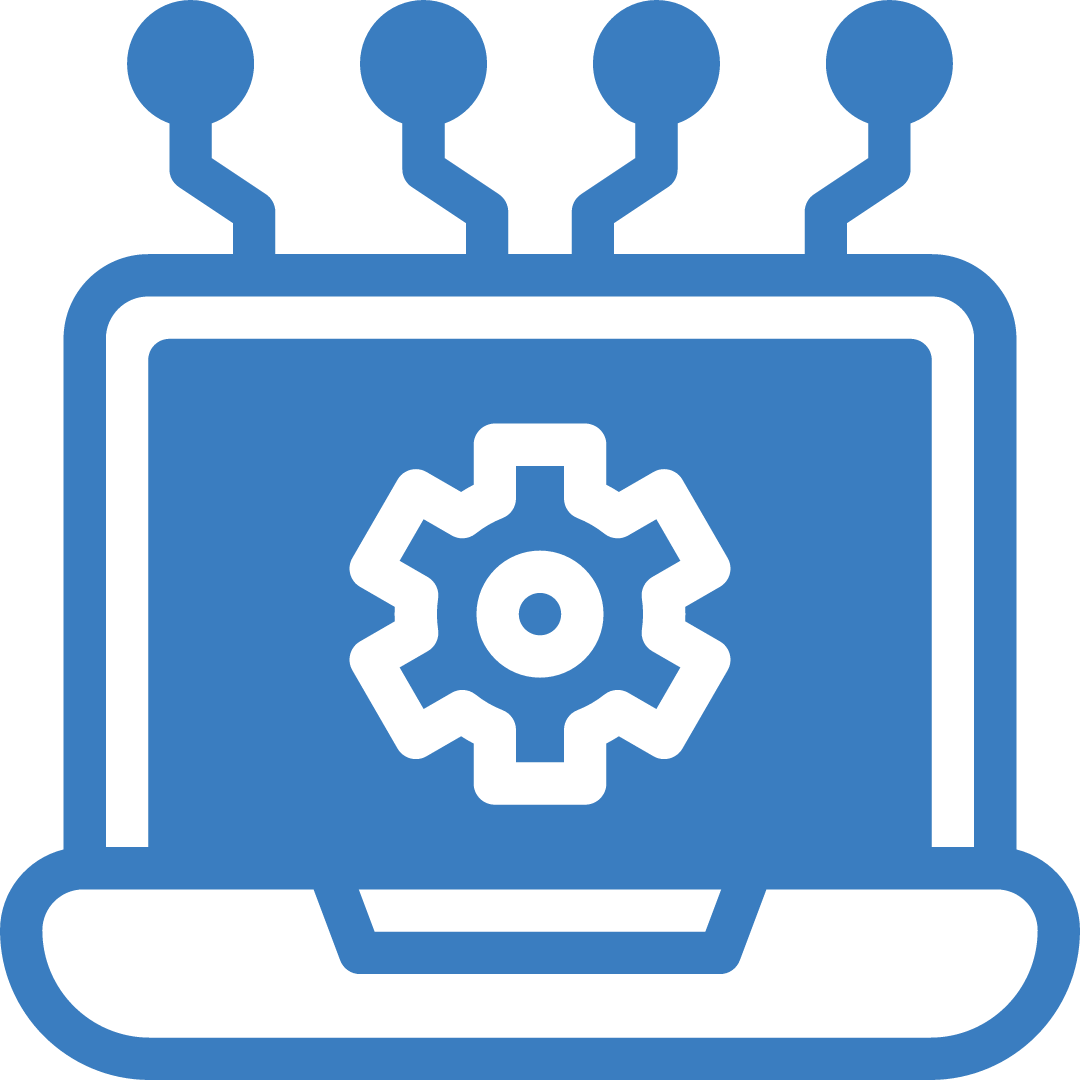
Integrate OpenAI's API into your application. Follow OpenAI's guidelines and best practices to ensure optimal usage.
Prototyping and MVP Development
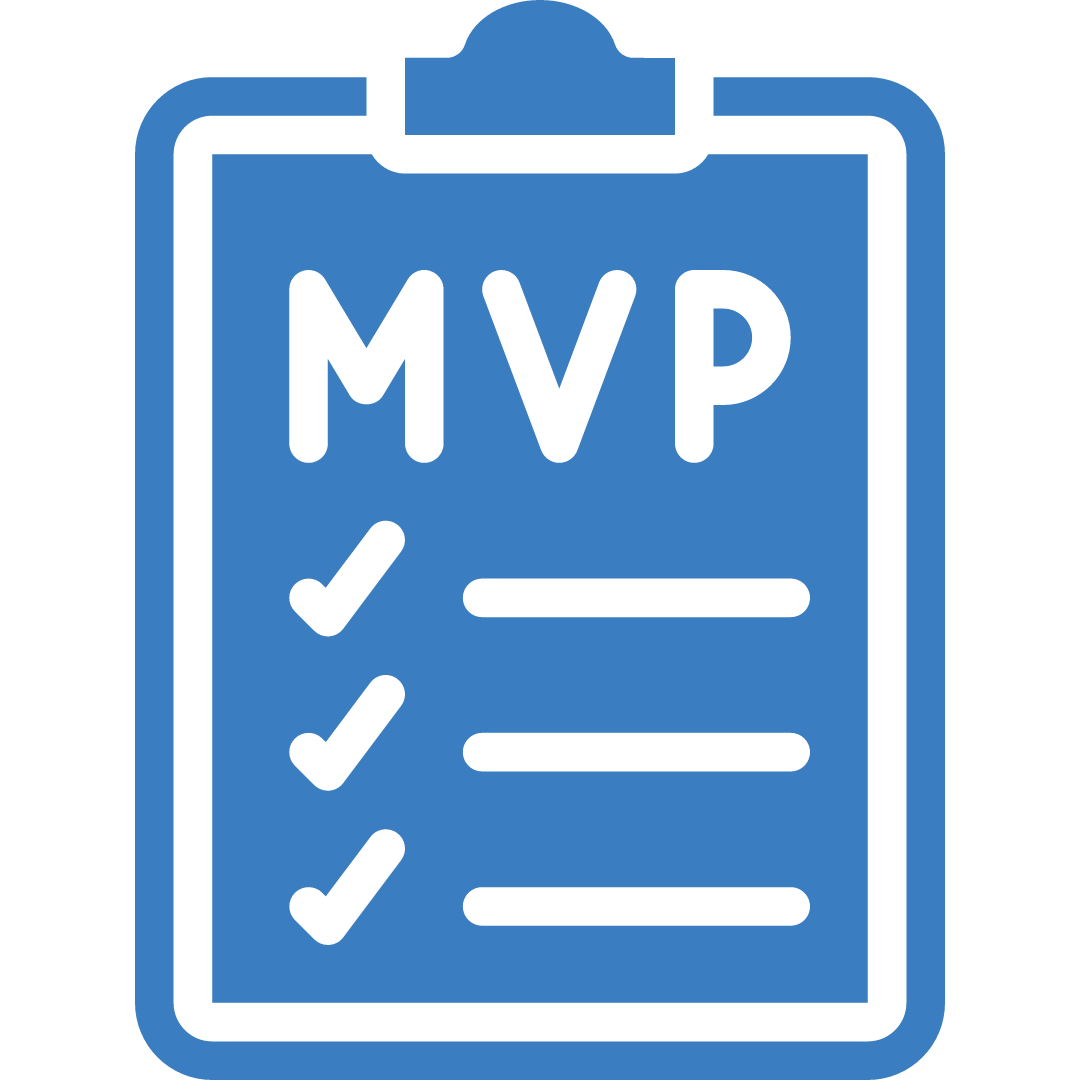
Build a Minimum Viable Product (MVP) to test your concept. Prototyping helps identify issues early and saves time and resources.
Testing and Quality Assurance
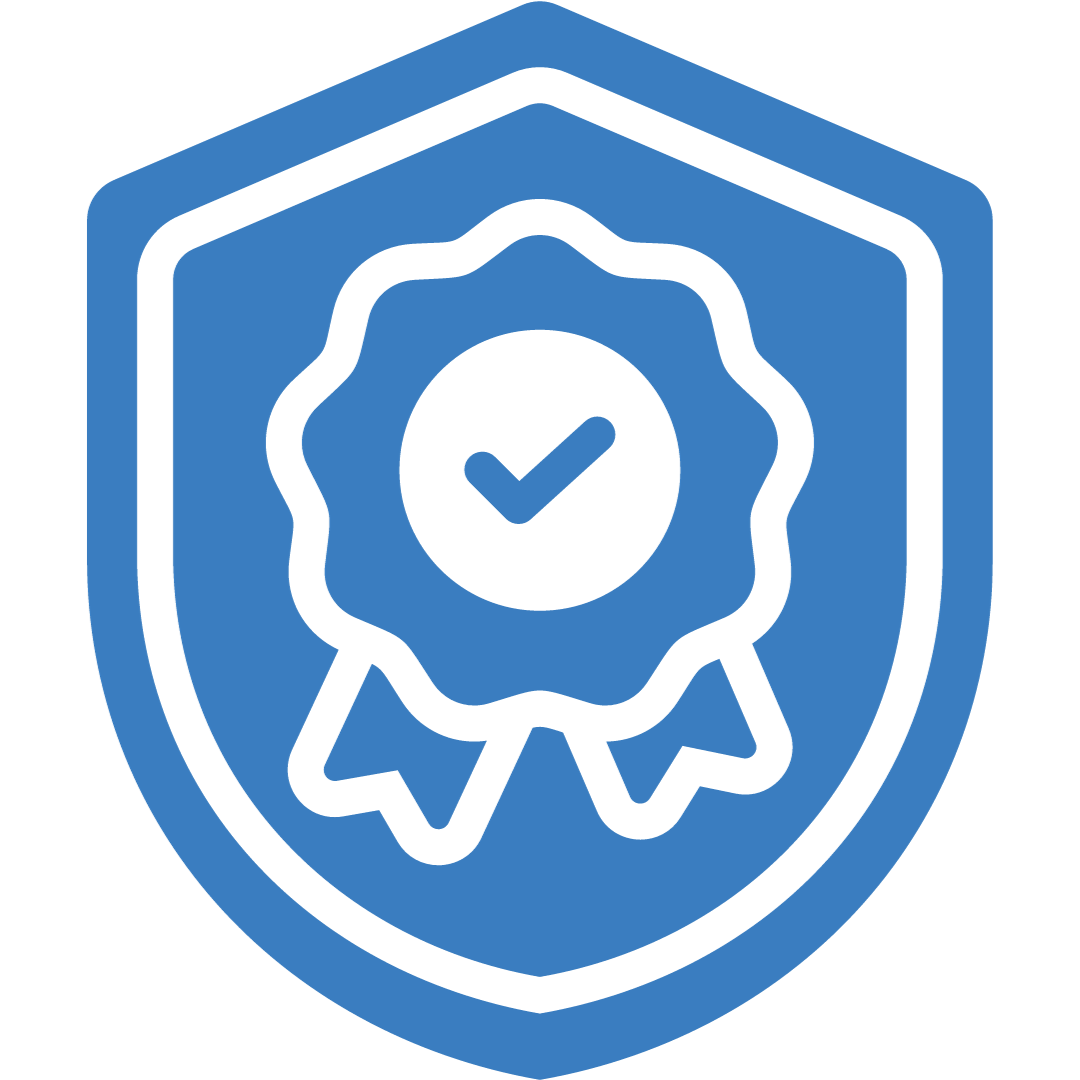
Rigorous testing is crucial. Perform unit testing, integration testing, and user acceptance testing to ensure a bug-free application.
Section 4: Deployment and Scaling
Deployment Strategy
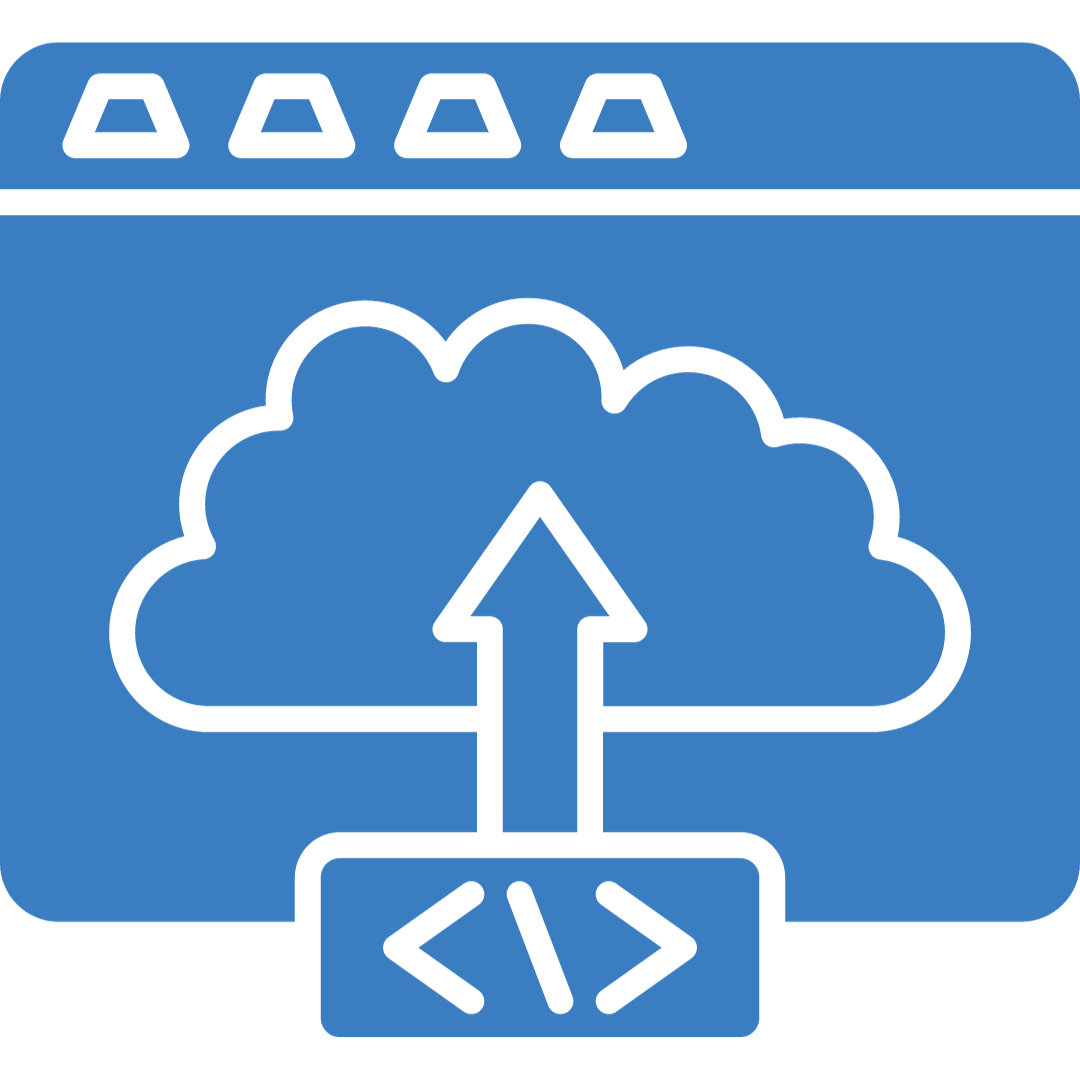
Choose a hosting environment (e.g., AWS, Heroku, or Azure) and deploy your SaaS. Implement robust security measures to protect user data.
Monitoring and Scaling

Implement monitoring tools to track performance and user activity. Prepare for scaling as your user base grows.
User Feedback and Iteration
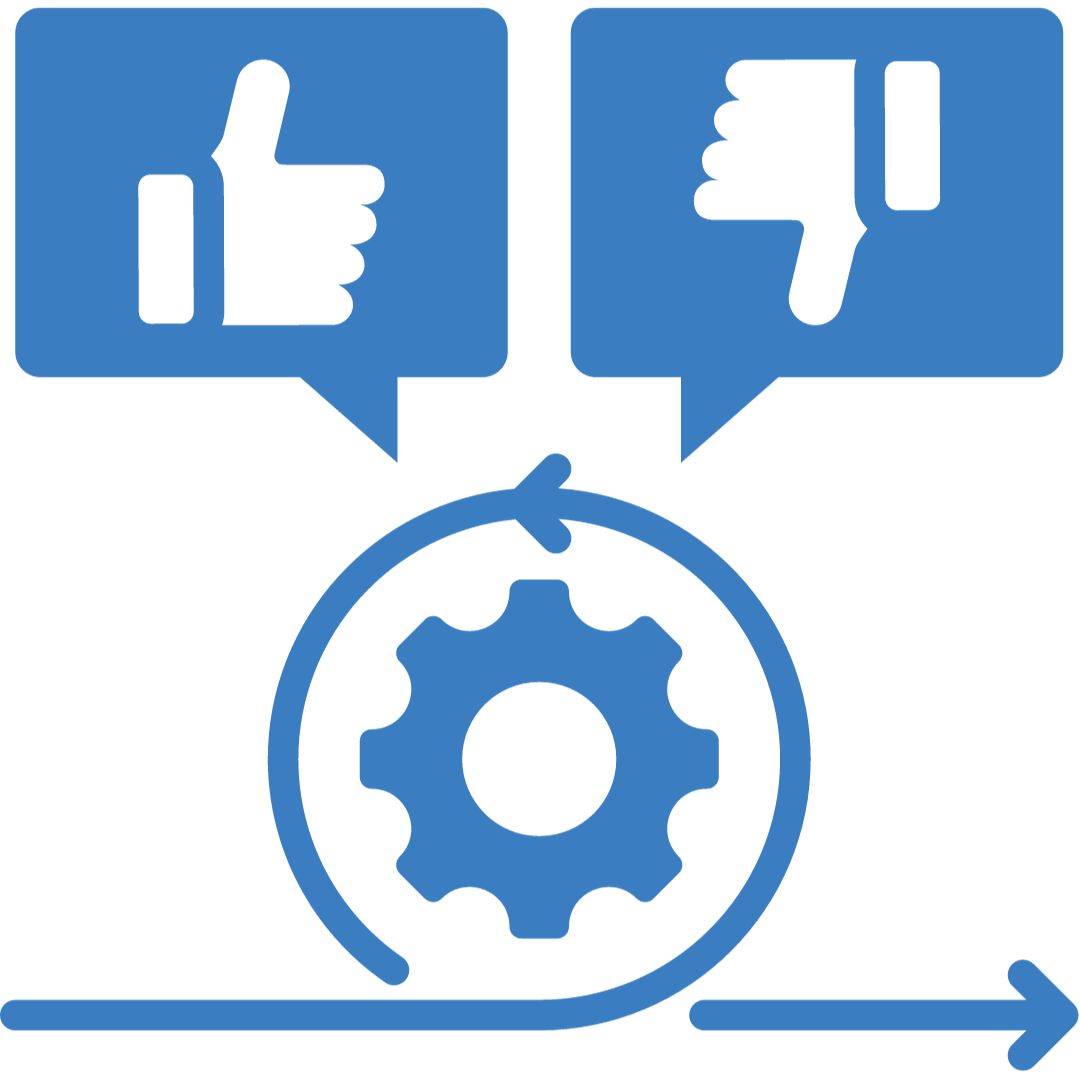
Encourage user feedback and iterate on your SaaS based on their suggestions and pain points. Continuous improvement is key to success.
Section 5: Marketing and Growth
Go-to-Market Strategy
Plan your product launch carefully. Create a marketing strategy that includes content marketing, social media, and partnerships.
User Acquisition
Focus on acquiring your initial user base. Consider offering a freemium model or trial periods to attract users.
Community Building
Foster a user community around your SaaS. Engage with users through forums, webinars, and feedback channels.
Scaling Your Business
As your user base and revenue grow, consider additional features, pricing tiers, and expanding your services.
Section 6: Future Enhancements and Trends
Stay Abreast of AI Trends
AI is a rapidly evolving field. Keep an eye on emerging AI trends and technologies to stay competitive.
Regular Updates and Maintenance
Regularly update your SaaS to fix bugs, enhance security, and add new features based on user needs.
Explore AI Ethics
Understand and incorporate ethical AI principles into your SaaS to build trust with users.
Creating an OpenAI API SaaS from scratch is a challenging yet rewarding journey. It requires a blend of technical expertise, market understanding, and a passion for innovation. By following the steps outlined in this guide and continually refining your approach, you can turn your concept into a reality that empowers users and contributes to the AI-driven future.
Remember, the road to success may have its twists and turns, but with dedication and the right strategy, your OpenAI API SaaS can make a significant impact in the world of AI-powered solutions.
Have questions about creating your OpenAI API SaaS? Reach out to our OpenAI experts for guidance.
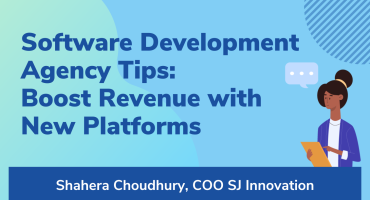
Software Development Agency Tips: Boost Revenue with New Platforms

Xcode 9 Custom Templates
